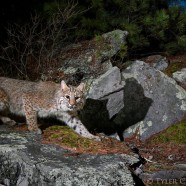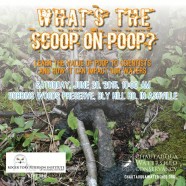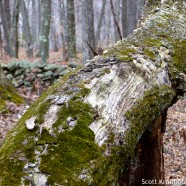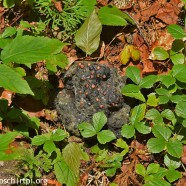Bobcat
Here’s a guest post from our friend Tyler Christensen, RTPI Affiliate Sean Graesser’s partner in running the Nicoya Peninsula Avian Research Station (NPARS) in Costa Rica and a fellow researcher. Although they are more abundant in neighboring Pennsylvania and New York, Bobcats (Lynx rufus) are endangered in my home state of New Jersey. Lately I have been putting a lot of effort into trying to photograph bobcats in the northern part of the state. To accomplish this, I converted my DSLR cameras into motion-activated camera traps. For weeks this cat avoided my cameras, but nearby...
Read MoreWhat’s the Scoop on Poop?
Via the Chautauqua Watershed Conservancy! Kids love poop. That’s why the Chautauqua Watershed Conservancy and the Roger Tory Peterson Institute of Natural History have teamed up to put on a family event called “What’s the Scoop on Poop?” We invite you to bring the kids in your life and join us at 10:00 AM on Saturday, June 20th at our Dobbins Woods Preserve on Bly Hill Road in Ashville, where we’ll talk about how valuable poop can be to biologists and what impacts it can have on our waters. Then we’ll take a hike to find some scat! This event is free and...
Read MoreBobcat Signs
Can you spot the mammal here? No? Well…yes, you cannot find it because it is not there, but it has left its mark…literally. What do you see? This is a Bobcat scratching post and resting area, the bark stripped away by sharp claws. You can see the lines that have been carved into the wood. It is conveniently located over a pool of water, making it harder for anything to sneak up on the bobcat when it is at rest. It almost seemed similar to a place one of our pet cats would like to enjoy a snooze on! Nearby we found this pile of scat, also Bobcat. If you have a cat at home that may help you...
Read MoreIdentify this scat
I apologize in advance for anyone not intrigued by identifying animal scat but it can be important to know what you are seeing while in the forest. Do you have any idea what species this is from? Take a look at the composition – looks like a lot of berries, huh? It certainly is large. Those two clues should point you to the American Black Bear (Ursus americanus). If you see this in your path stay vigilant while enjoying your day in the woods.
Read More







